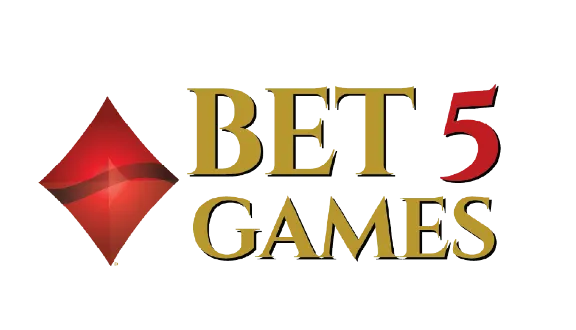Chemin de Fer, meaning “railway” in French, is the historic European version of Baccarat famously played by James Bond. Unlike Punto Banco, this variant involves an element of skill and choice. Players bet against each other, and one player takes on the role of the Banker, playing out the hand. The player with the largest wager gets to represent the other players and decides whether to draw a third card on a total of 5. This social, player-banked dynamic makes it a truly unique experience.
A Rich History: The Game of French Nobility
Before Baccarat became the fast-paced game of chance we know today, it was a slower, more intimate affair played in the exclusive salons of the French aristocracy. Chemin de Fer was the preferred version, and its name, “railway,” is thought to have originated from the way the dealing shoe traveled from player to player around the large, kidney-shaped table, like a train on a track. This version requires more active participation and carries a social prestige that has made it a symbol of classic casino elegance.
Key Difference from Punto Banco: Player vs. Player
The most fundamental distinction in Chemin de Fer is the dynamic of the betting. In modern Baccarat (Punto Banco), all players bet against the casino, which always acts as the Banker. In Chemin de Fer, the players bet against each other. One player takes on the role of the Banker, and the other players (known as “punters”) bet against them. The casino’s role is merely to host the game, provide a dealer to ensure rules are followed, and take a small commission (typically 5%) from the Banker’s winnings.
The Rotating Banker: How the Bank is Established and Passed
The role of the Banker is not static; it rotates among the players, which is a core element of the game’s social dynamic.
Becoming the Banker
The opportunity to be the Banker is first offered to the player on the dealer’s right and moves counter-clockwise around the table. A player can accept the role or decline it, in which case the offer passes to the next player.
The Banker’s Wager
Upon accepting the role, the Banker must state the maximum amount of money they are willing to risk on the hand. This amount sits in front of them and constitutes the “bank.” The other players, collectively, cannot wager more than the total amount in the bank.
Passing the Bank
The player remains the Banker as long as they keep winning. After a win, the Banker can choose to retire, taking their profits and passing the bank to the next player in line. If the Banker loses a hand (the players’ wagers exceed the Banker’s winnings), the bank is lost, and the shoe automatically passes to the next player.
The Element of Skill: To Draw or To Stand?
Unlike the rigid, automatic rules of Punto Banco, Chemin de Fer contains a crucial element of choice that introduces skill and psychology into the game.
The Punter’s Choice
After the initial two cards are dealt, the Banker and the player with the highest wager (the main punter) look at their cards. If either has a Natural 8 or 9, the hand ends. If not, the punter’s decision comes into play. The rules for drawing are fixed for most totals, with one critical exception:
If the punter’s hand total is 5, they have the free choice to either draw a third card or stand.
This is the primary moment of skill for the players. While optimal strategy suggests drawing on a 5 is slightly more favorable, a player might choose to stand to bluff the Banker, hoping the Banker makes a suboptimal decision in response.
The Banker’s Choice
The Banker’s decision to draw is also not always fixed. The Banker knows the punter’s rules for drawing (except for the optional 5) and makes their decision with that information. For example, if the punter stands, the Banker knows their total must be a 6 or 7. This introduces a cat-and-mouse element, where the Banker’s choice can be influenced by their read of the punter.
A Step-by-Step Round of Chemin de Fer
The Bank Rotates: The shoe is offered to the next player to act as Banker.
The Banker Stakes: The Banker states their wager (e.g., “$1,000”).
Player Wagers: Players place their bets, up to the Banker’s total stake of $1,000. The player with the highest individual bet will play the hand.
The Deal: The Banker deals two cards to the player and two to themself.
The Punter’s Decision: The player checks their hand. If it is a 5, they must decide to hit or stand.
The Banker’s Decision: The Banker then makes their decision based on their hand and the player’s action.
Showdown: The hands are compared. Wagers are settled between the Banker and the other players. The casino takes its commission from the Banker’s profit if they win.
Conclusion: A More Social and Strategic Baccarat
Chemin de Fer offers a profoundly different experience from the Baccarat most players are used to. It is slower, more deliberate, and deeply social. The rotating bank and the element of choice create a dynamic where players are not just passive observers but active participants in the unfolding drama. It’s a game of reading opponents, managing risk as the Banker, and making that crucial decision on a hand of 5. For those seeking to experience Baccarat in its original, strategic, and most elegant form, Chemin de Fer is the ultimate destination.
